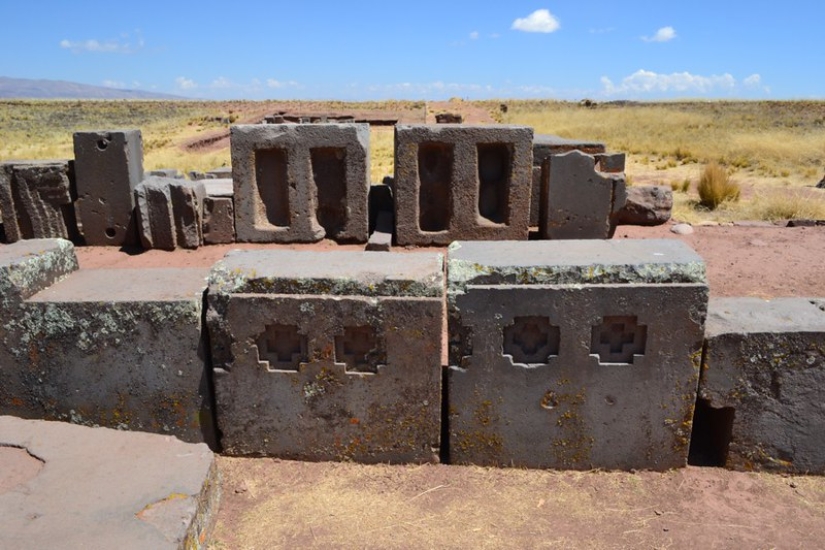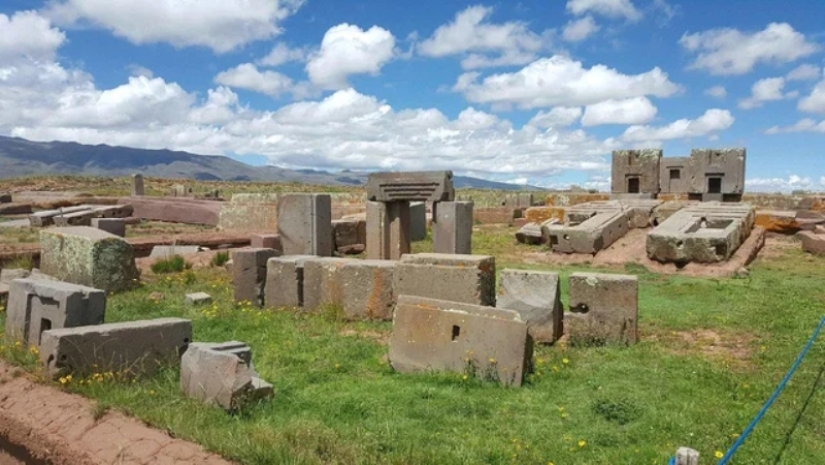Megaliths of Puma Punku — the riddle of the "Tetris of Titans" from Bolivia
By Pictolic https://pictolic.com/article/megaliths-of-puma-punku-the-riddle-of-the-tetris-of-titans-from-bolivia.htmlEveryone knows about the Egyptian pyramids, Easter Island figures and Stonehenge. These structures have been striking the imagination of people for centuries. At the same time, almost no one has heard of an equally amazing and mysterious monument — the Puma Punku complex, located 70 km west of the Bolivian capital La Paz.

Puma Punku stones testify to the high skill of ancient masters and their use of technologies unknown to us. They are cut incredibly precisely, and there is practically no gap between them. Moreover, the faces of the stones are processed so filigreed that they can be swapped and they will still fit perfectly together. It's like the stone tetris that the Titans created.

The Incas who lived on the territory of present-day Bolivia, when the Puma Punku megaliths were already standing, were sure that they were created and then scattered by the ancient gods who created the world.

Modern scientists believe that the Puma Punku temple complex was built by the Tiwanaku Empire in the period from 300 to 1000 AD. This is confirmed by the carbon analysis of artifacts found near the stone figures.

There is also an opinion that the Puma Punku stones are much older than the Tiwanaku civilization. His supporters claim that the complex is more than 17 thousand years old. Whatever it was, but the blocks were made with high precision, and the method of their delivery to the site has not been determined. The largest stone slab of Puma Punku measures 7.81 m by 5.17 meters. The element was carved from red sandstone and its weight is not less than 131 tons.

In addition to granite blocks, there are products made of andesite. They also weigh tens of tons and were brought to the plateau from afar. The nearest red sandstone quarries are located on the shores of Lake Titicaca, 10 km from the complex. More modest in size andesite stones were brought from the Copacabana Peninsula, which is 90 km away.

Even today, transporting huge stones over rough terrain would be a daunting task. How the ancients coped with it remains a mystery. Almost all researchers agree on one thing — once there were much more boulders. It's just that the smaller ones have been stolen for centuries by local residents for their needs.

The method of processing stones raises even more questions. The edges and edges are striking with precision, and perfect cuts and rows of holes are visible on the surface. The scientists who studied the Puma Punku megaliths could not identify the technologies used by the ancient masters for processing. The aura of mystery around the Bolivian miracle has generated a lot of the most fantastic hypotheses.

Of course, alien civilizations are most often remembered in guesses. Proponents of this theory believe that the aliens built a giant complex of unusual boulders, and then it suffered during some kind of war.

Archaeologists are inclined to believe that the Puma Punku stones are the ruins of a temple complex. He probably suffered during the earthquake. It is also possible that the complex during the cataclysm fell into the tidal wave zone of Lake Titicaca.



Recent articles

At the end of 1963, The Beach Boys were playing on the radio in America, the United States was gradually being dragged into the ...

It is very difficult to scold your pets! Even when they steal food from the table, spoil things or litter the apartment… After ...

The world is beautiful and diverse, and every second around us something is going on… And it is not always "something" can be ...